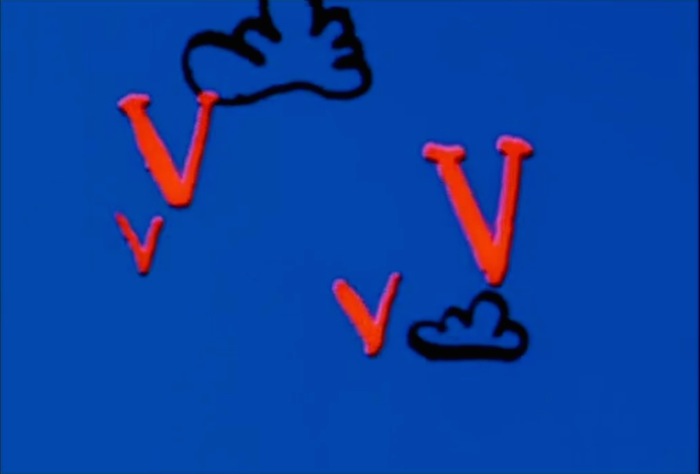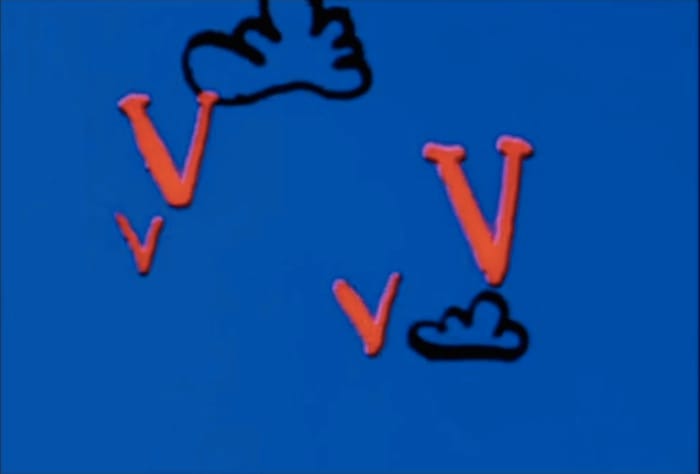In our final round of films from FACT Liverpool's Type Motion exhibition, we share a curated selection of clips from the show, this week looking at type in the realm of screen advertising.

It was primarily in the period prior to the introduction of sound film that, in advertising strategy, integrating the name and the manufacturer of the advertised product (and maybe an advertising slogan in one or the other form) became all but mandatory. What a so-called audio-logo can achieve when images are combined with a familiar jingle could only be accomplished by means of writing in the age of silent film. A growing number of artists and filmmakers entered the advertising industry and produced commercials, in which writing leaves the frame of intertitles; whereas early films include writing only in-between moving images, writing is itself set in motion in more experimental ways beginning in the 1920s (motion design) – like in the avant-garde commercials of Julius Pinschewer and Guido Seeber (DE), Len Lye (GB) or Norman McLaren (CA). Whether in commercials, trailers or openers, writing creates emotion through motion and design and takes on functions no longer limited to the communication of legible information.

